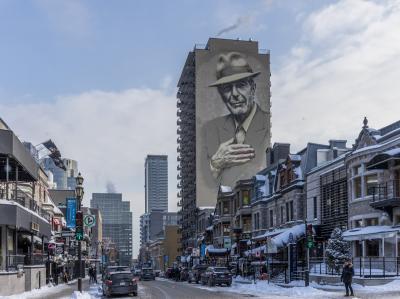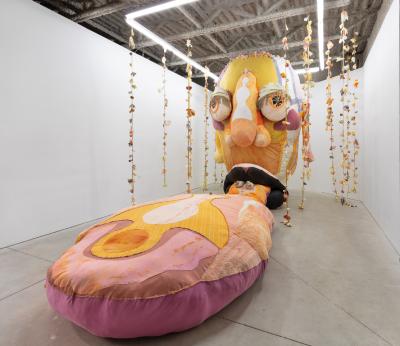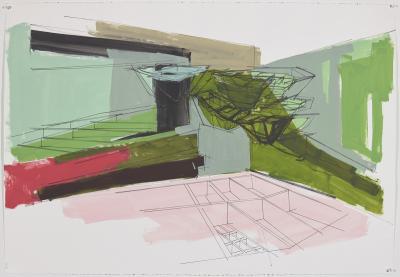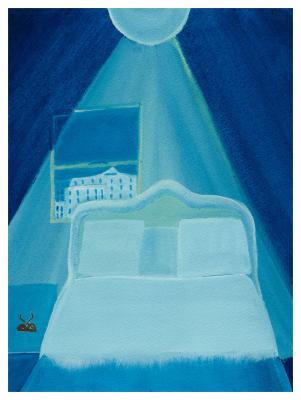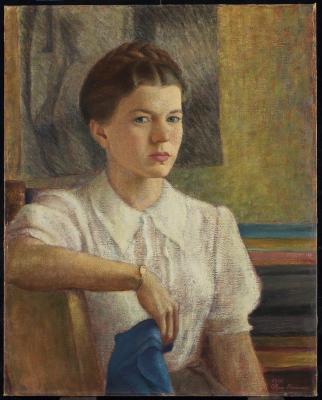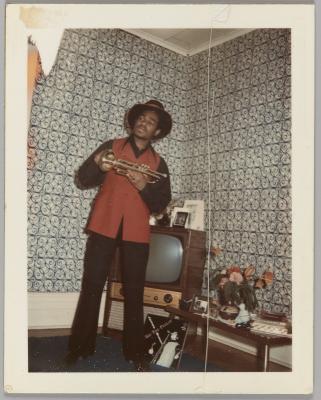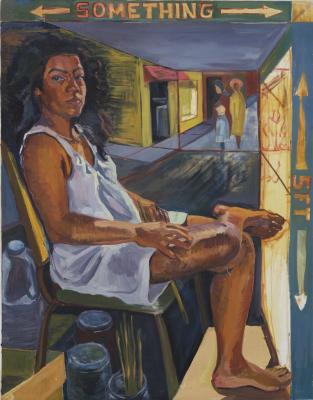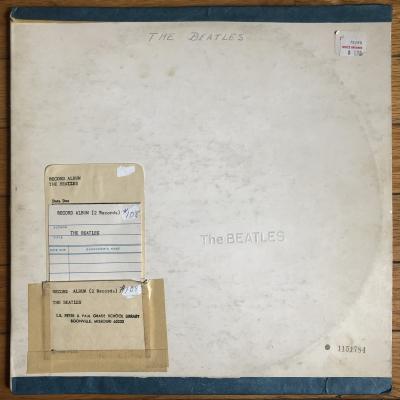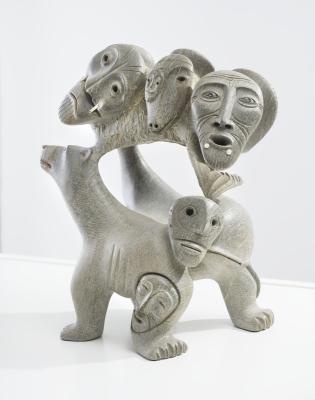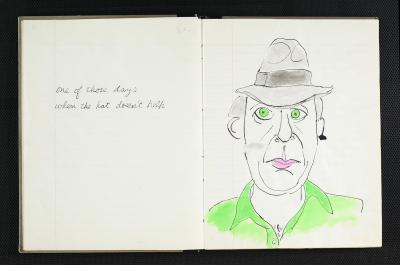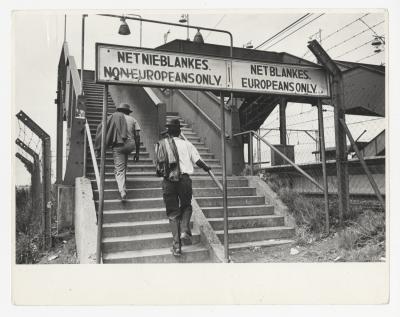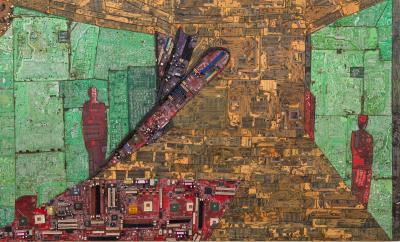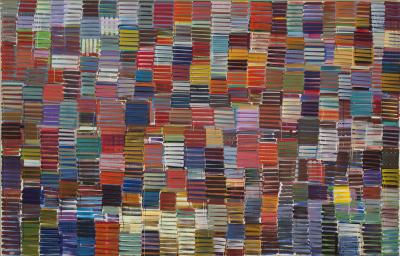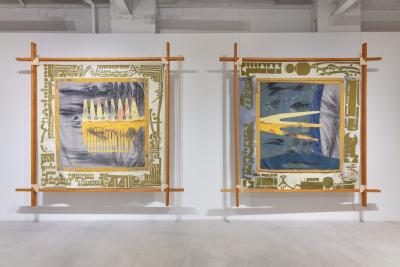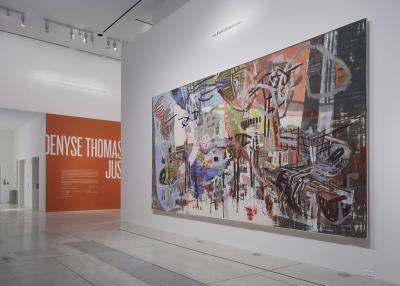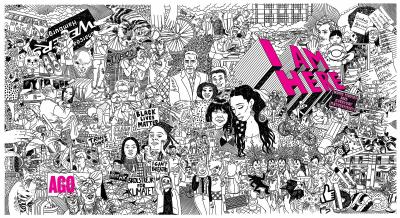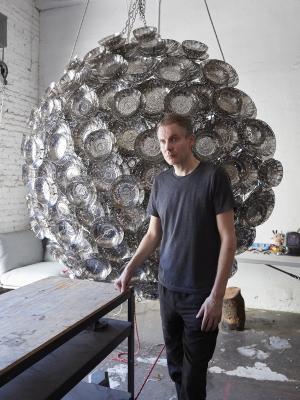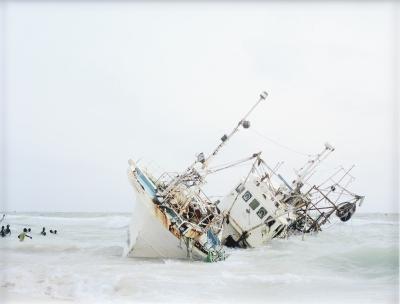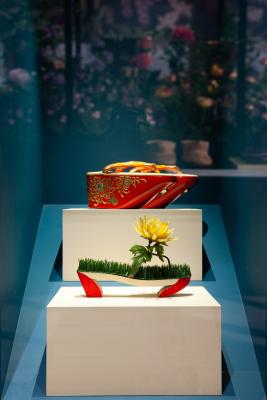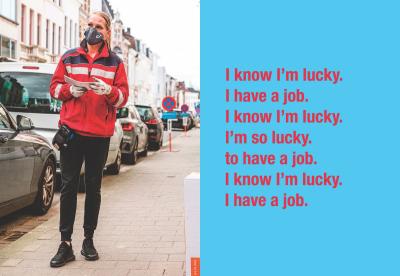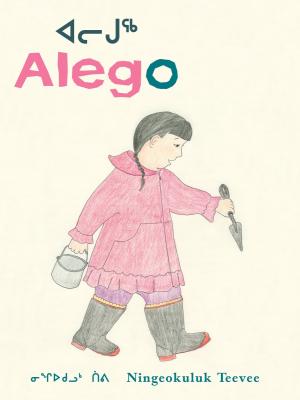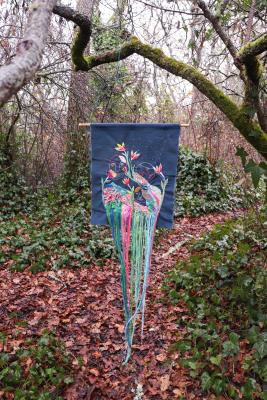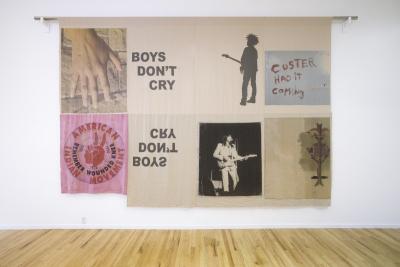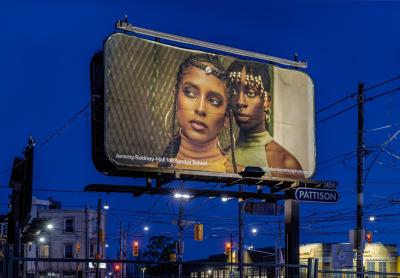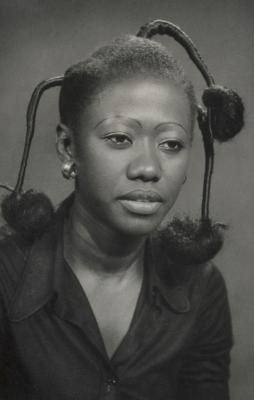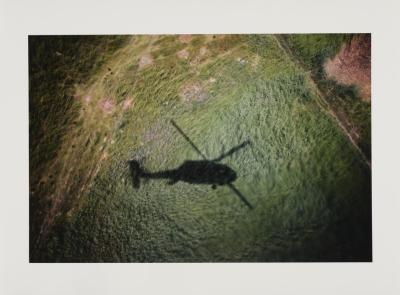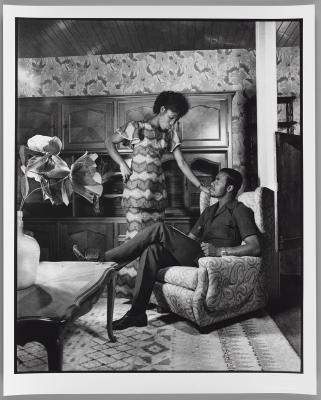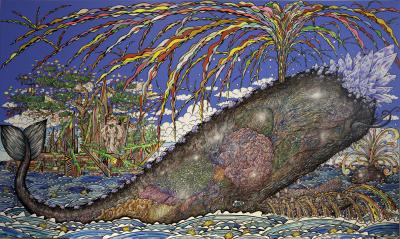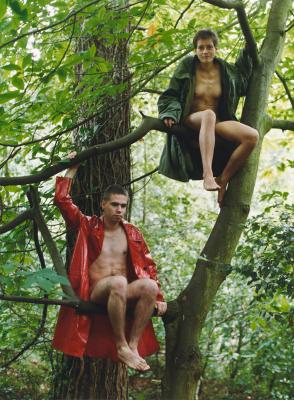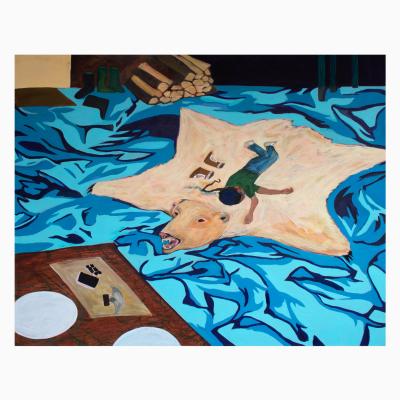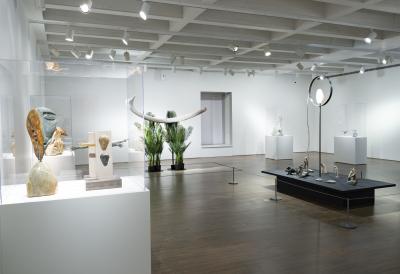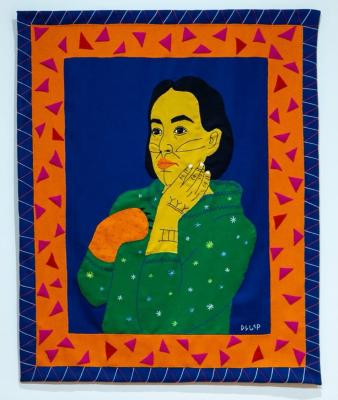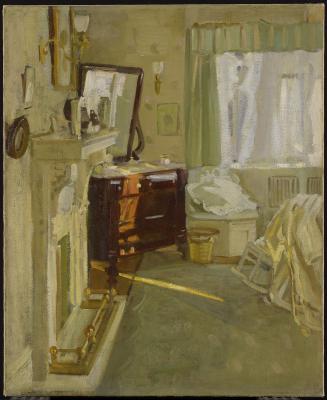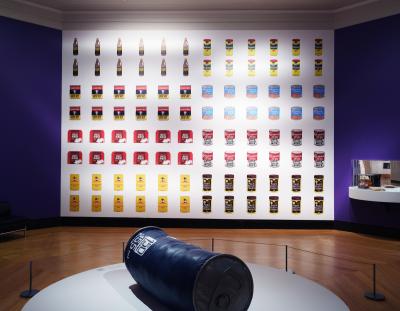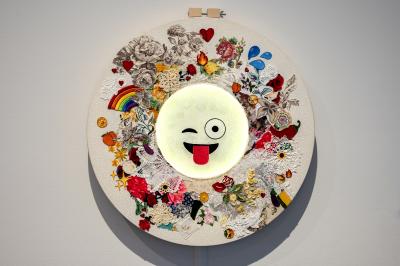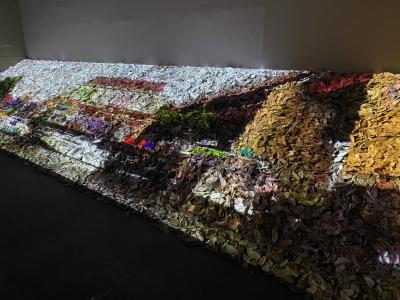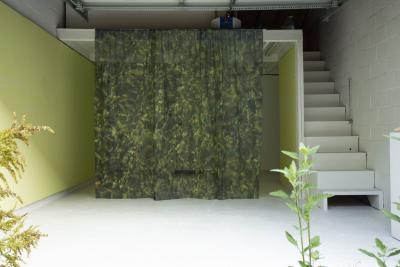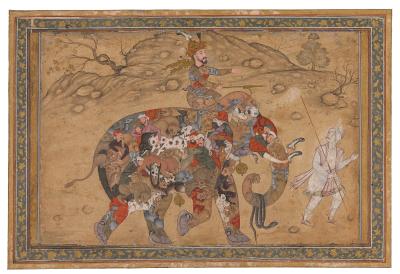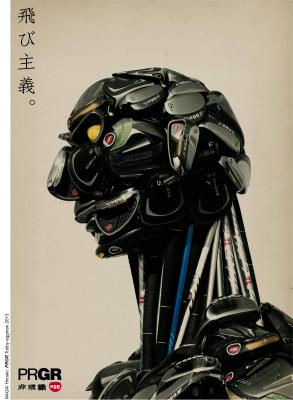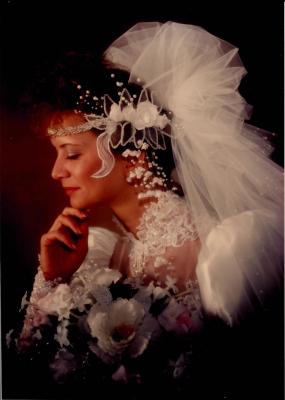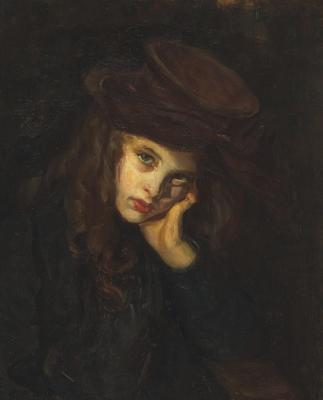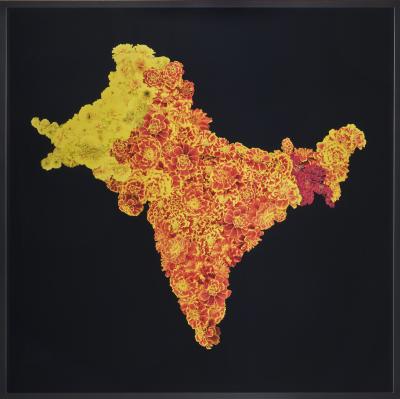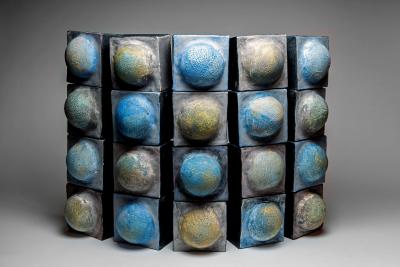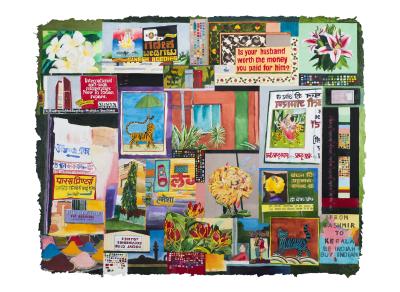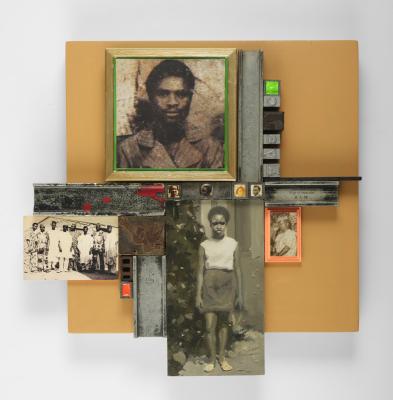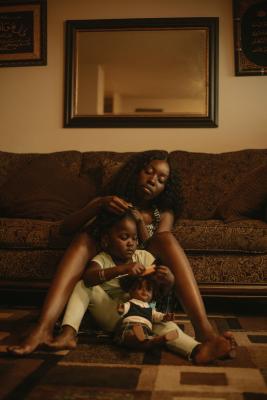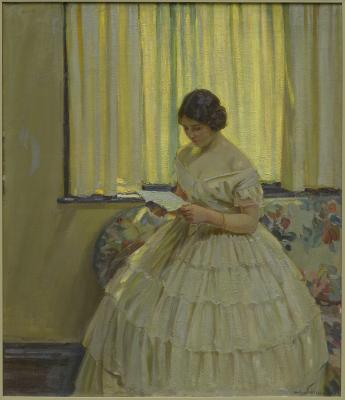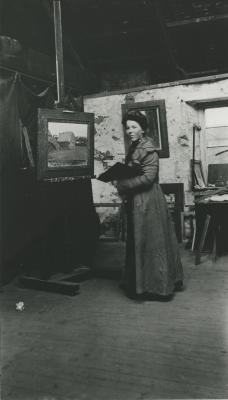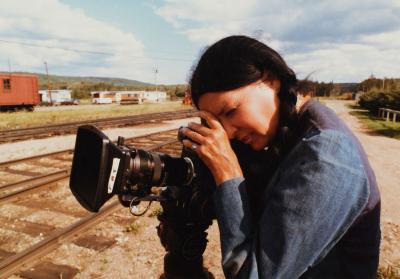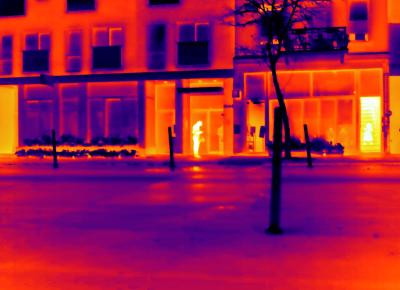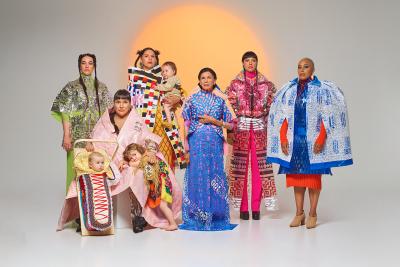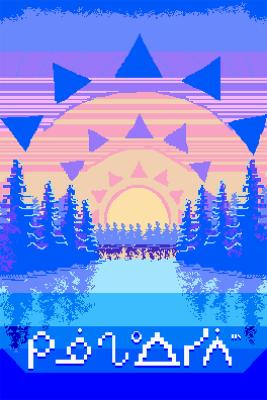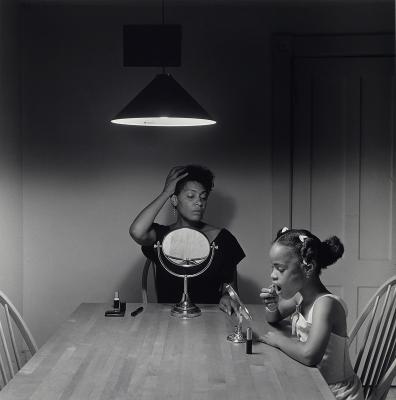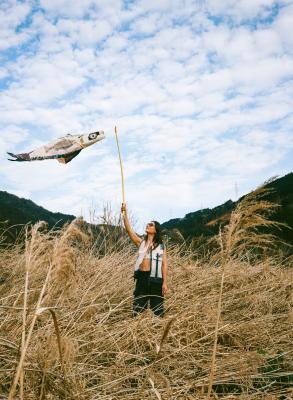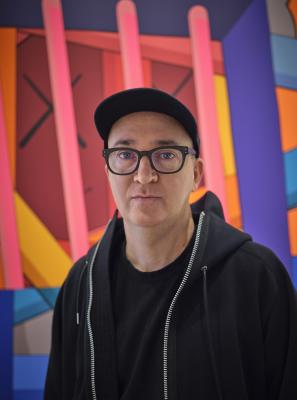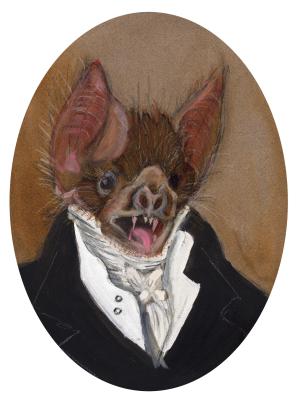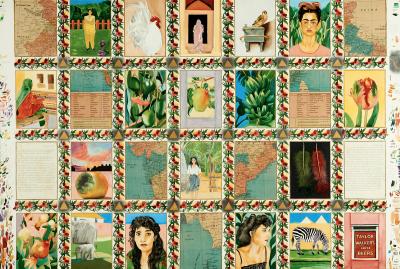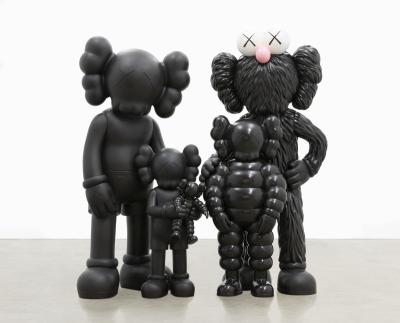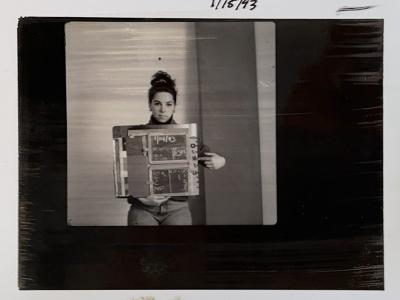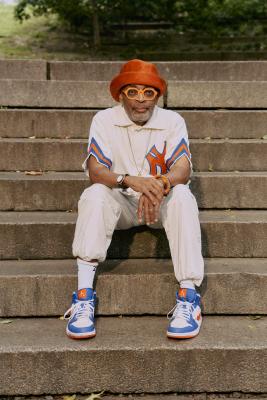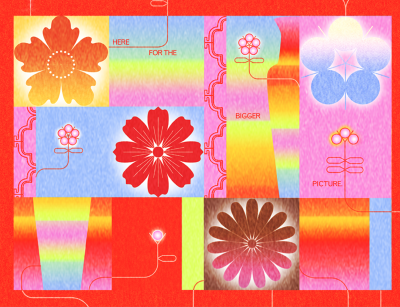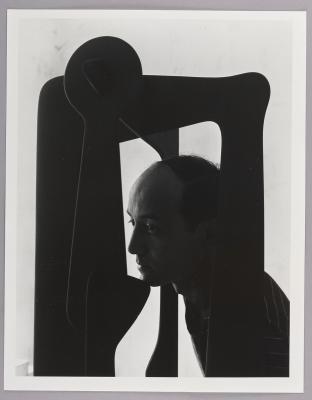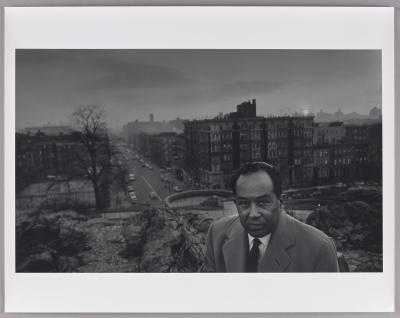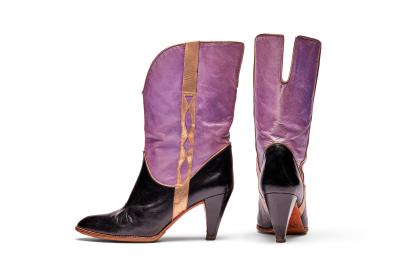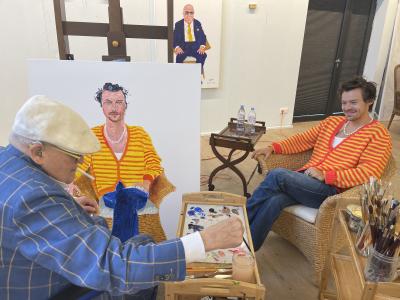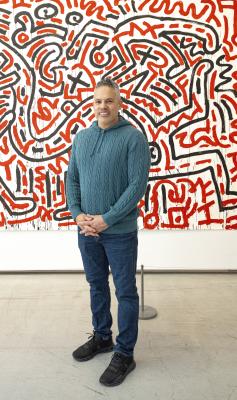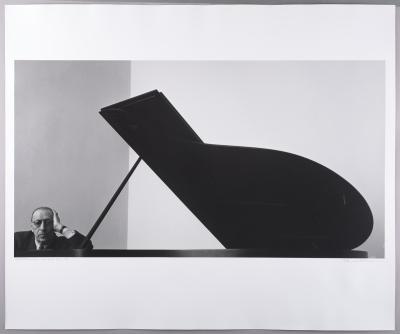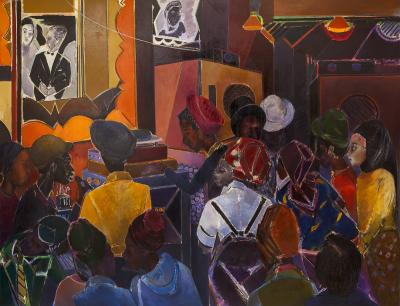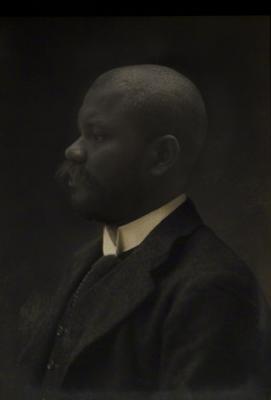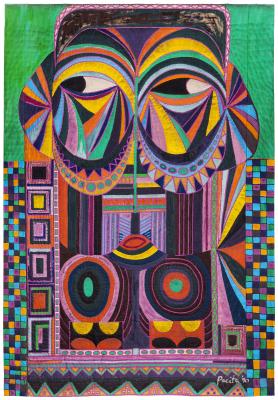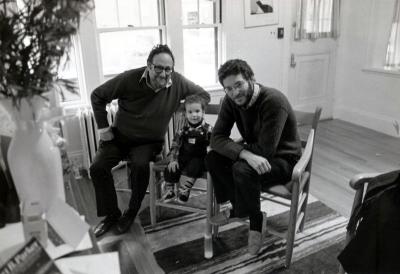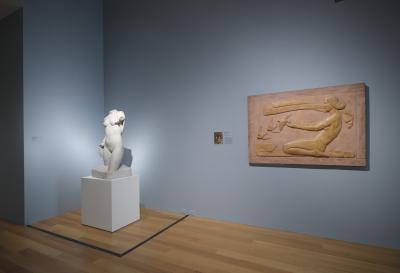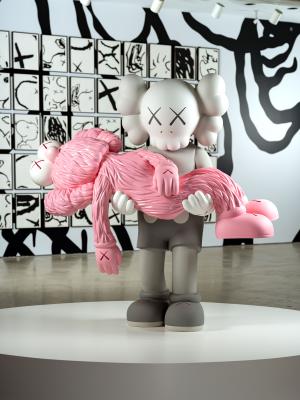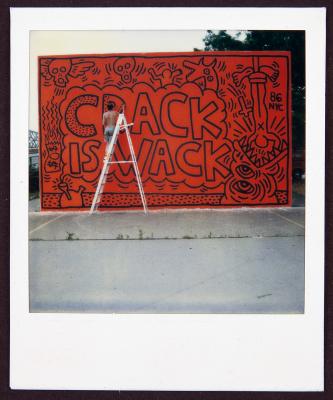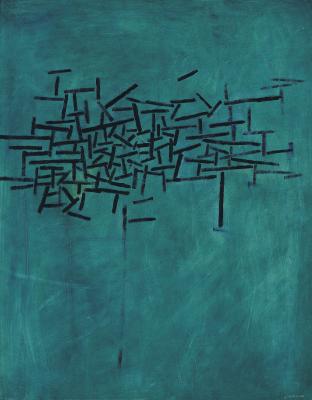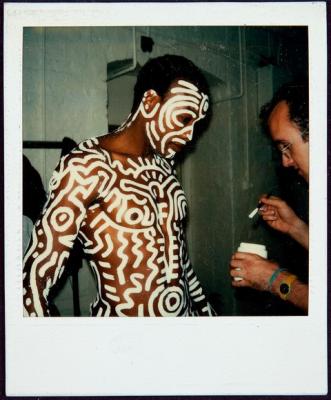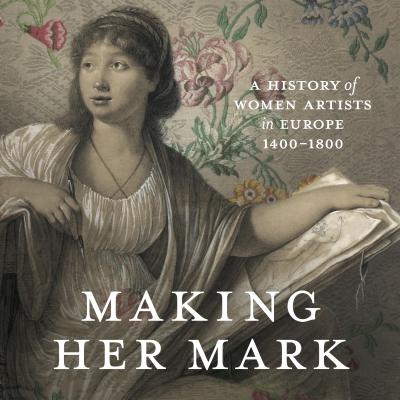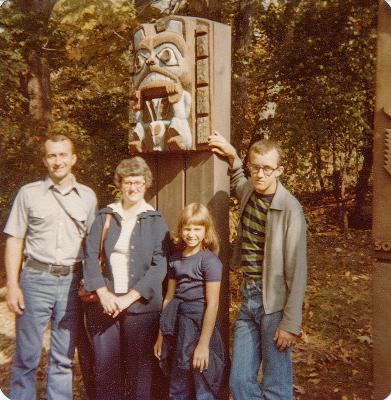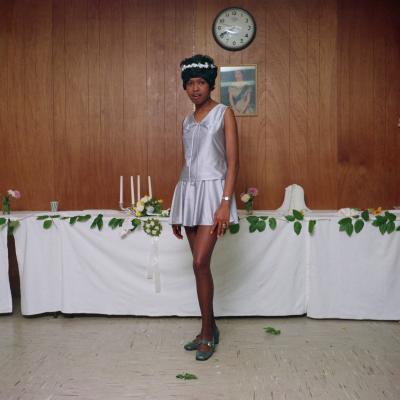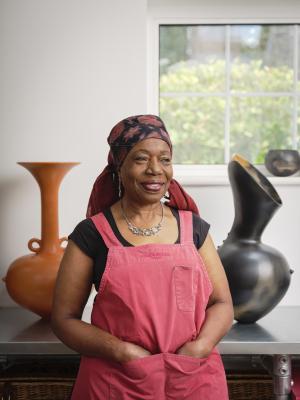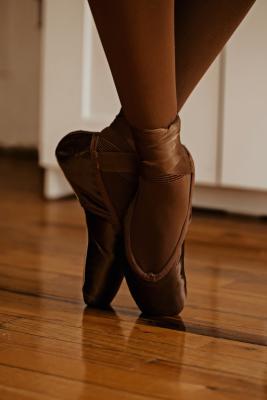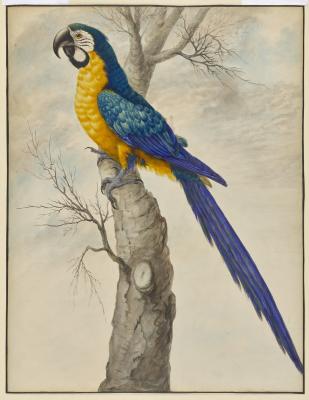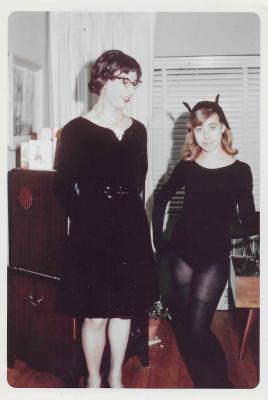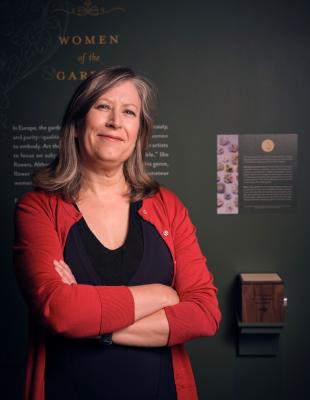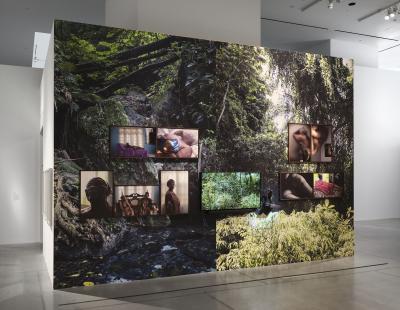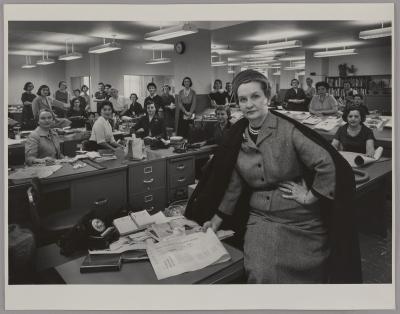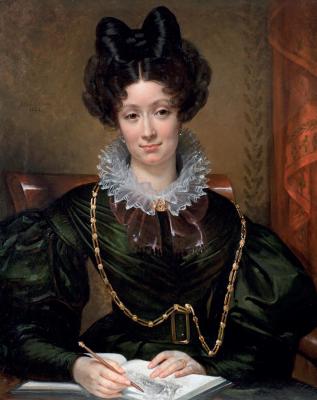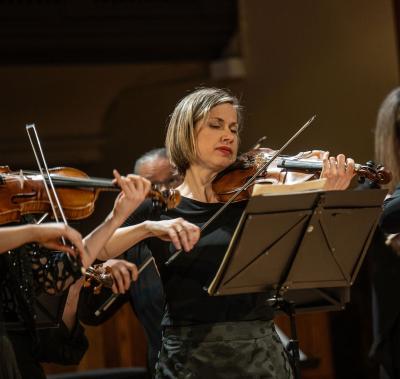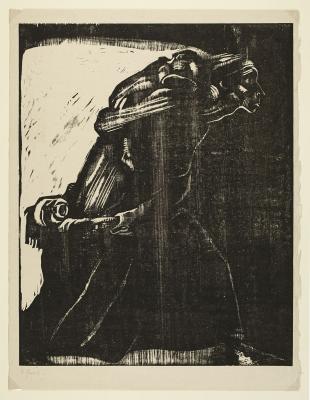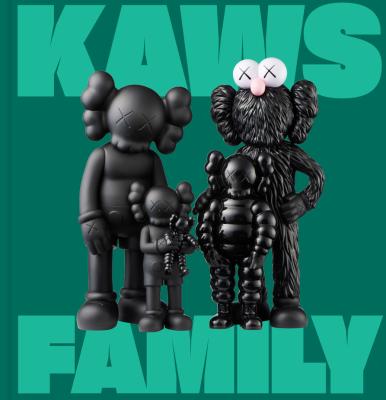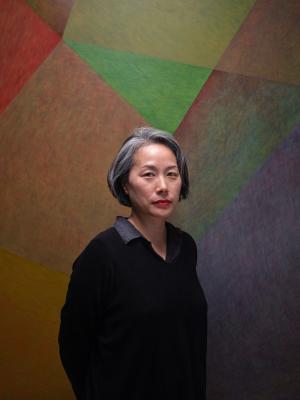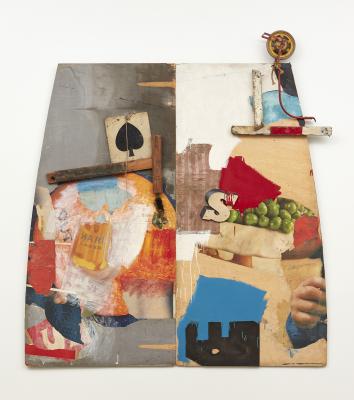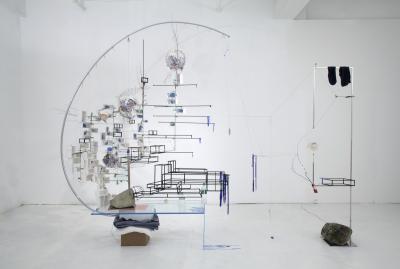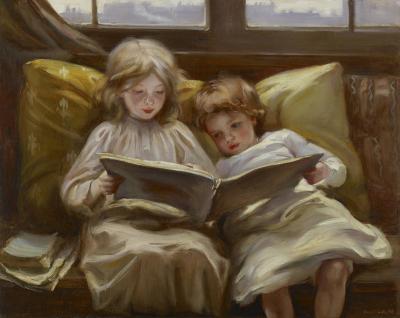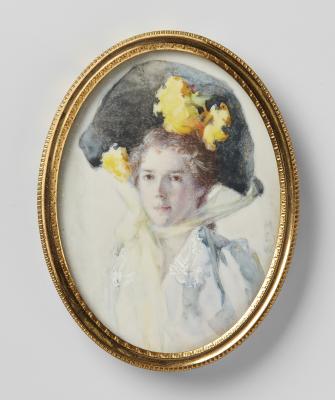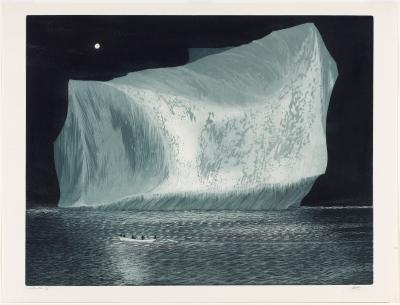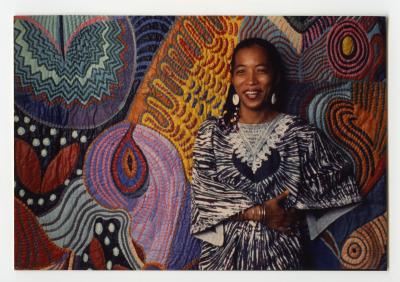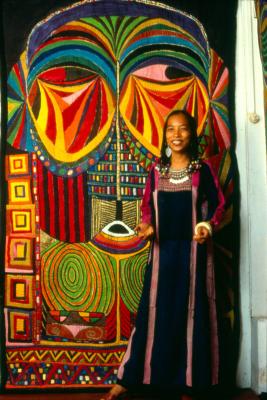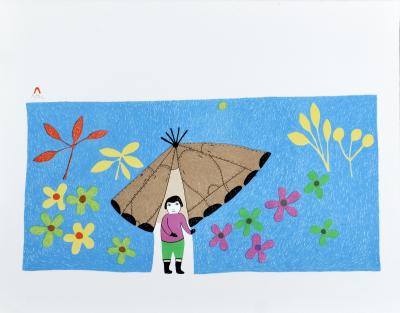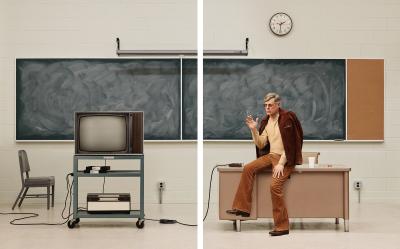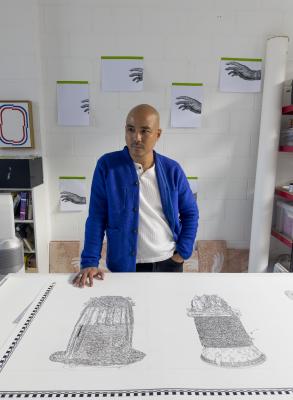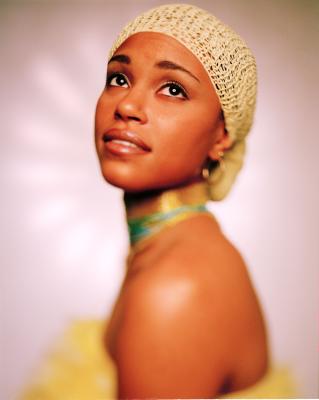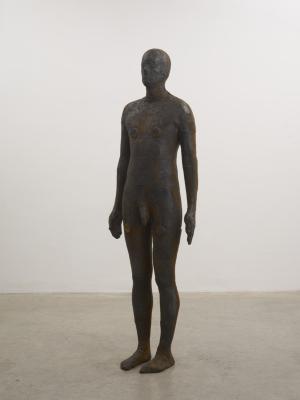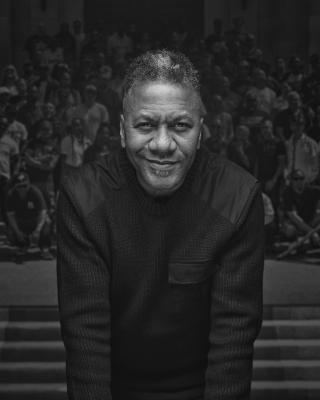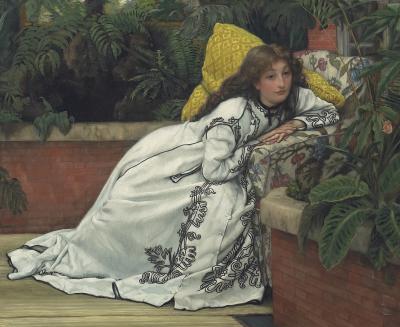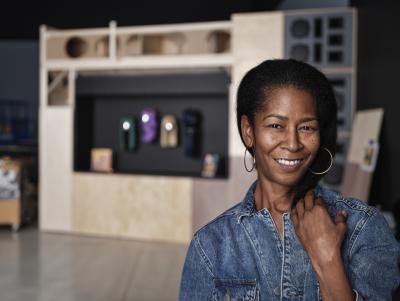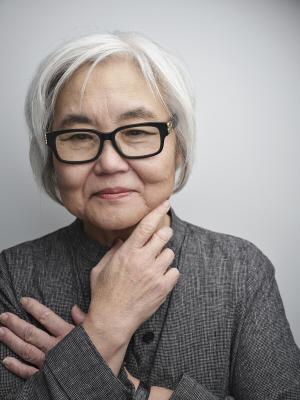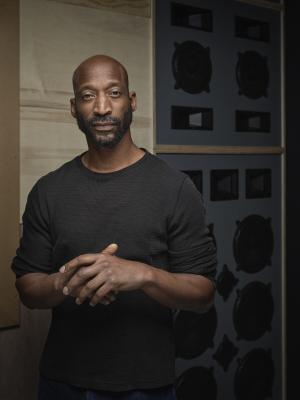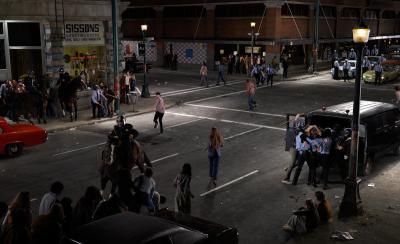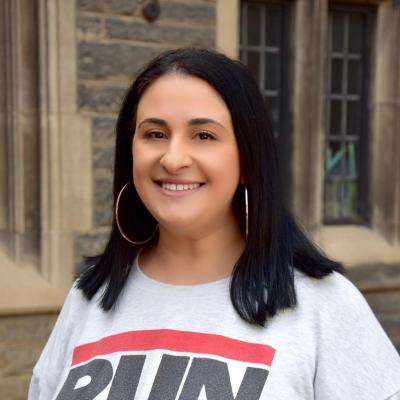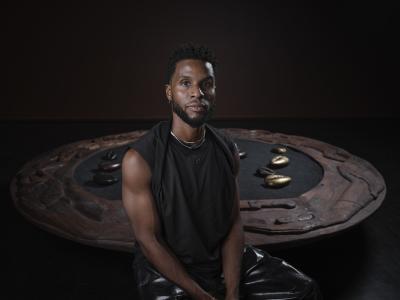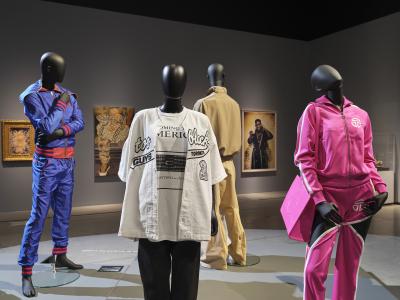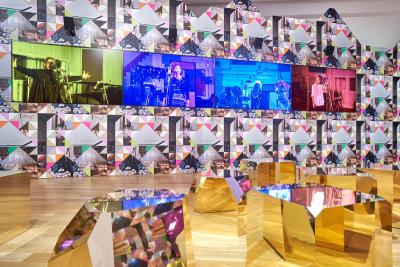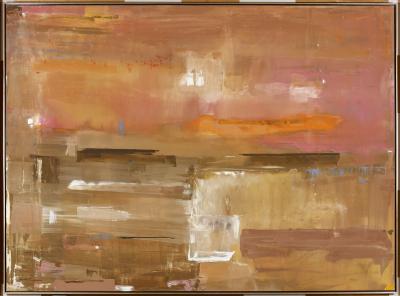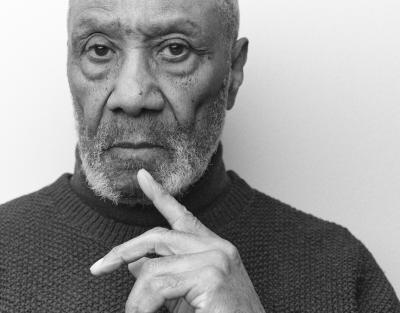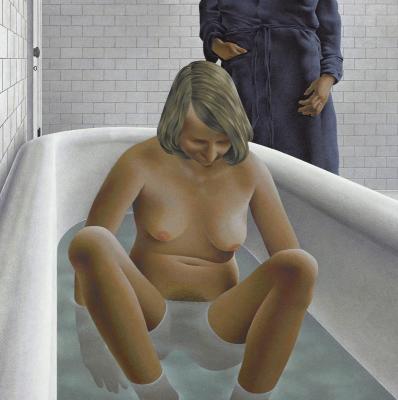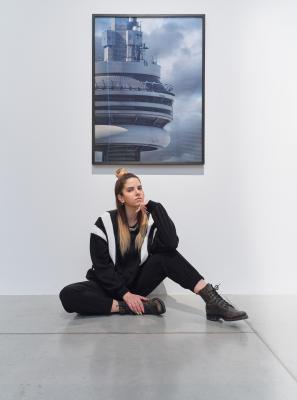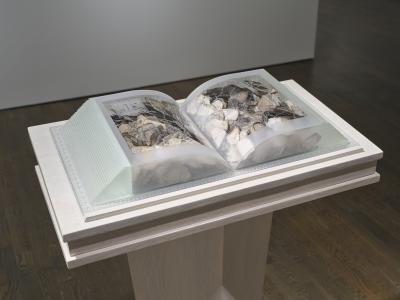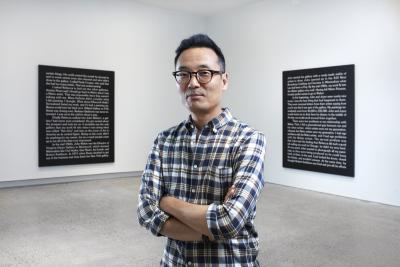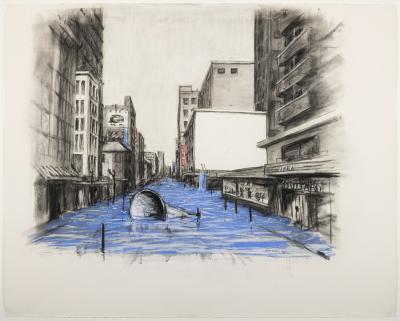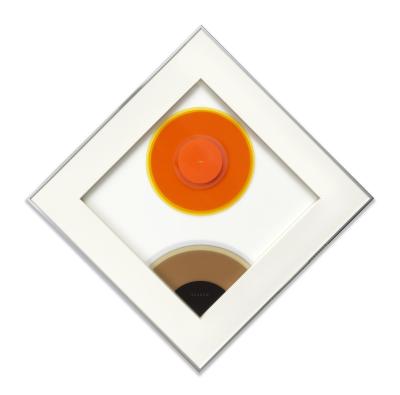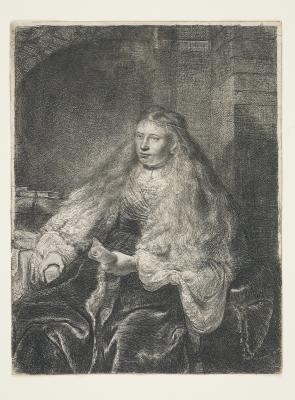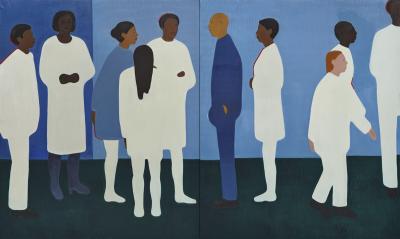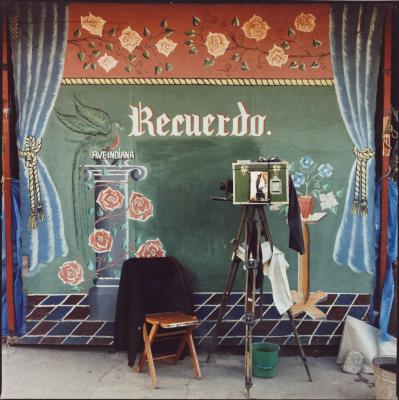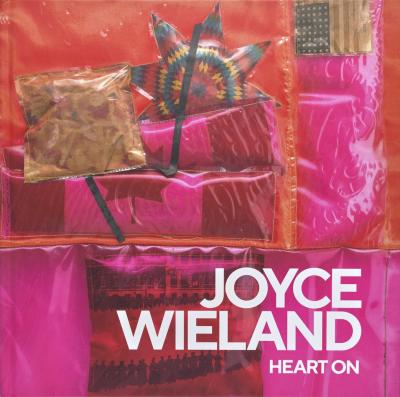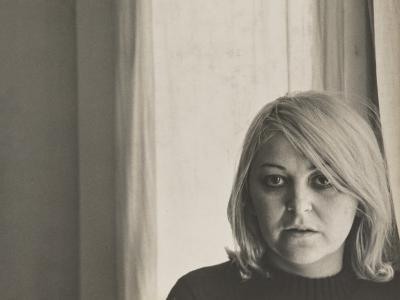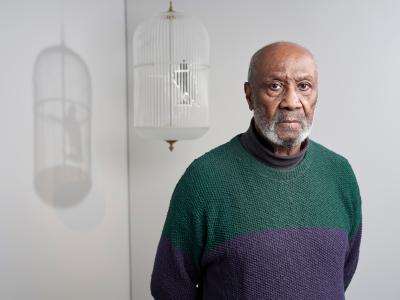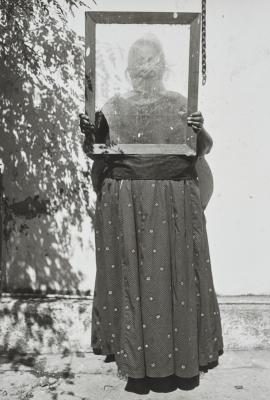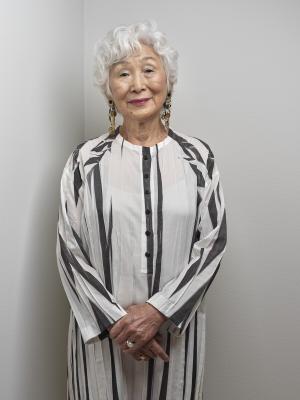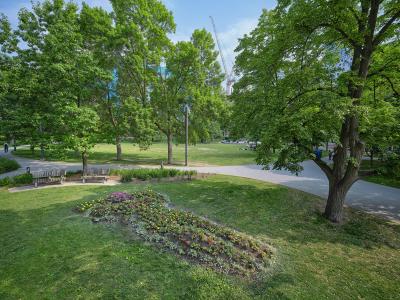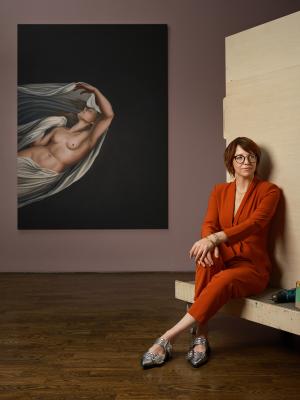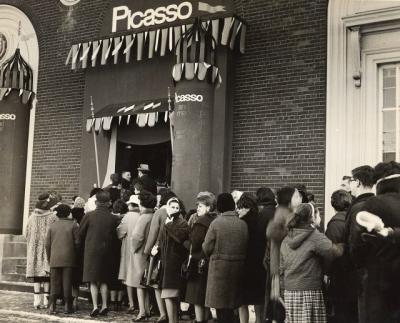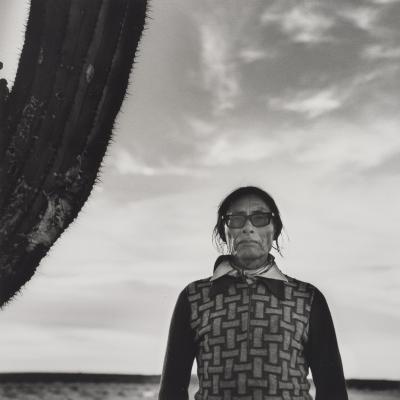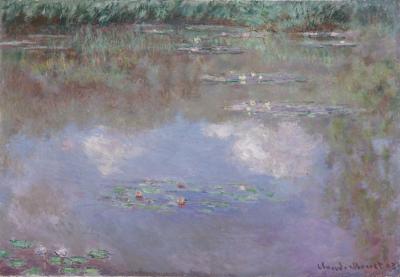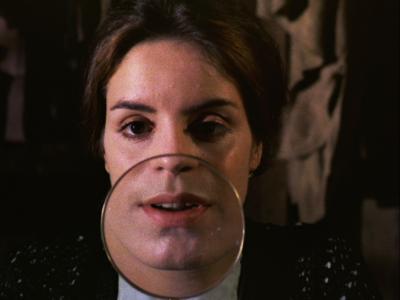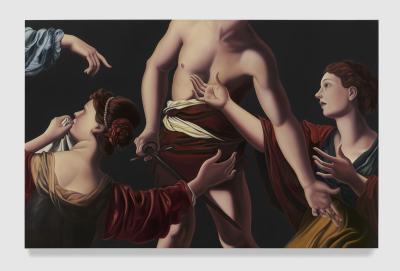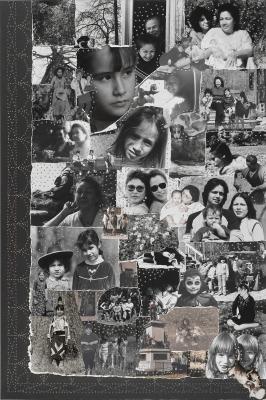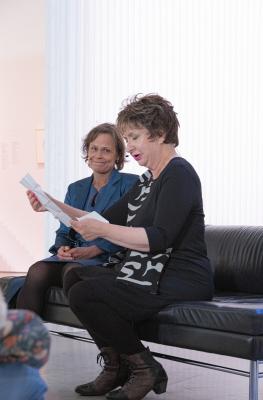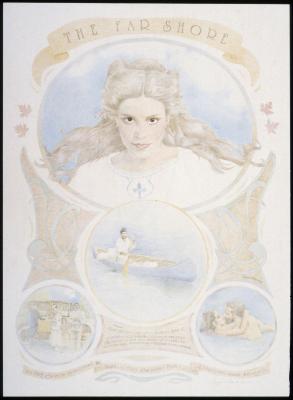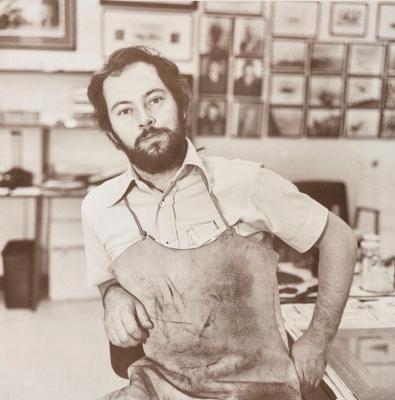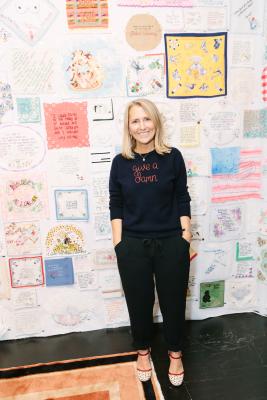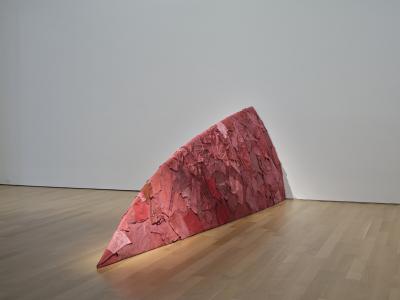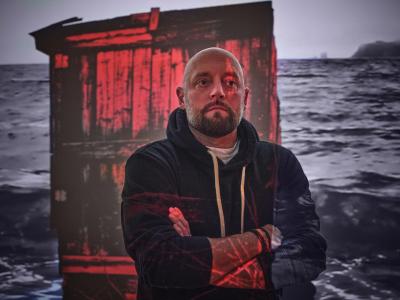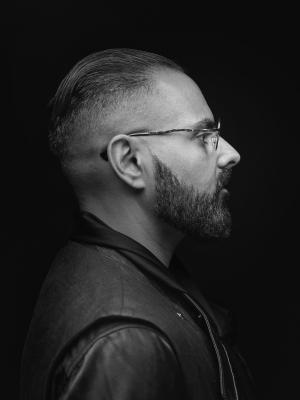Rafael Goldchain on Photographing Latin America
The Chilean Canadian photographer reflects on his career defining series, on view now at the AGO
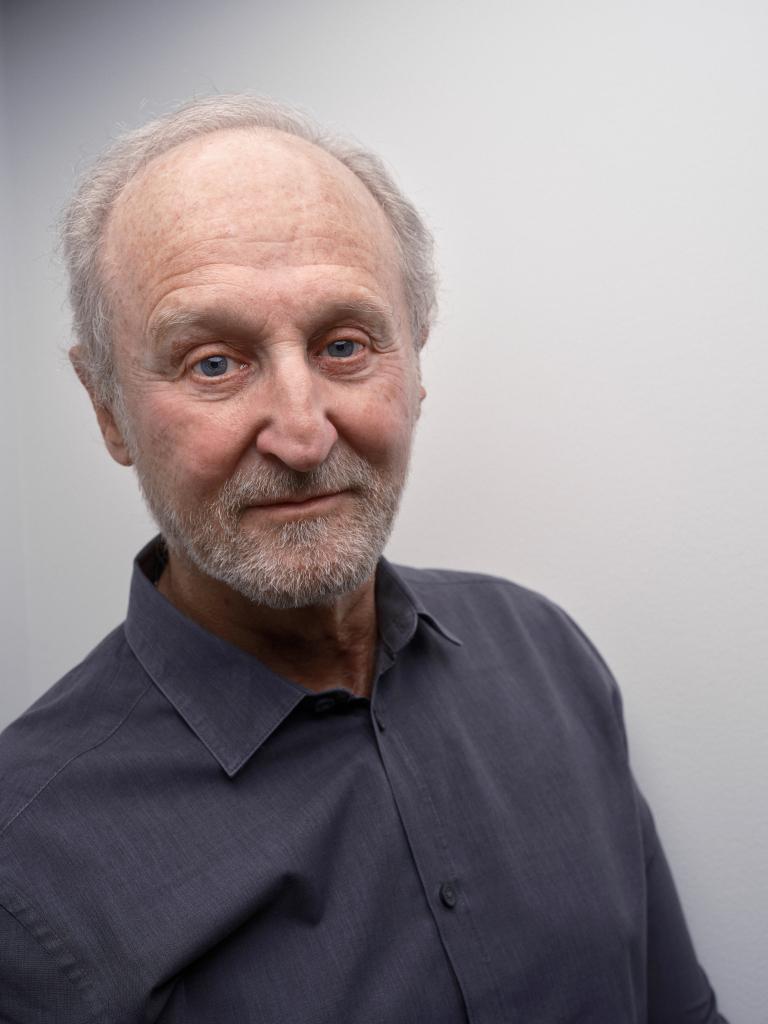
Portrait of artist Rafael Goldchain. Photo: Craig Boyko © AGO.
“I never thought my photographs were trying to capture some kind of essential human quality. This series is not so sentimental or passionate. It’s more a way of organizing the world so the viewer can make up their own mind about what they're seeing.”
Rafael Goldchain is driven by a photographic wanderlust. In the early 1980s, the Chilean Canadian photographer of Polish-Jewish descent set out on a journey through Mexico and Central America, with only a backpack and a medium-format camera. His Chilean upbringing and fluency in Spanish helped ease his mobility throughout the region, and by the end of the decade, he had compiled a significant body of work.
Originally released as a photobook in 1989 (Lumiere Press), Nostalgia for an Unknown Land uniquely blends the disciplines of documentary and editorial photography. Goldchain’s photographs of Latin American life pop with colour and feature a range of captivating moments in time. Among them, an intimately interlocked line of men carrying a casket through an Easter procession in Guatemala, a cherry red Volkswagen stuck in Mexico City traffic, and a Honduran general’s wife at a press event, staring with suspicion directly into Goldchain’s lens. Twelve works from this series, along with others created concurrently, are on view now at the AGO as part of the exhibition, Recuerdo: Latin American Photography at the AGO.
Nearly forty years later, Goldchain can vividly recall the moments captured in Nostalgia for an Unknown Land. He spoke with Foyer during the week of Recuerdo’s opening, sharing the inception story of this career-defining series and his candid reflections about how it holds up in the present day.
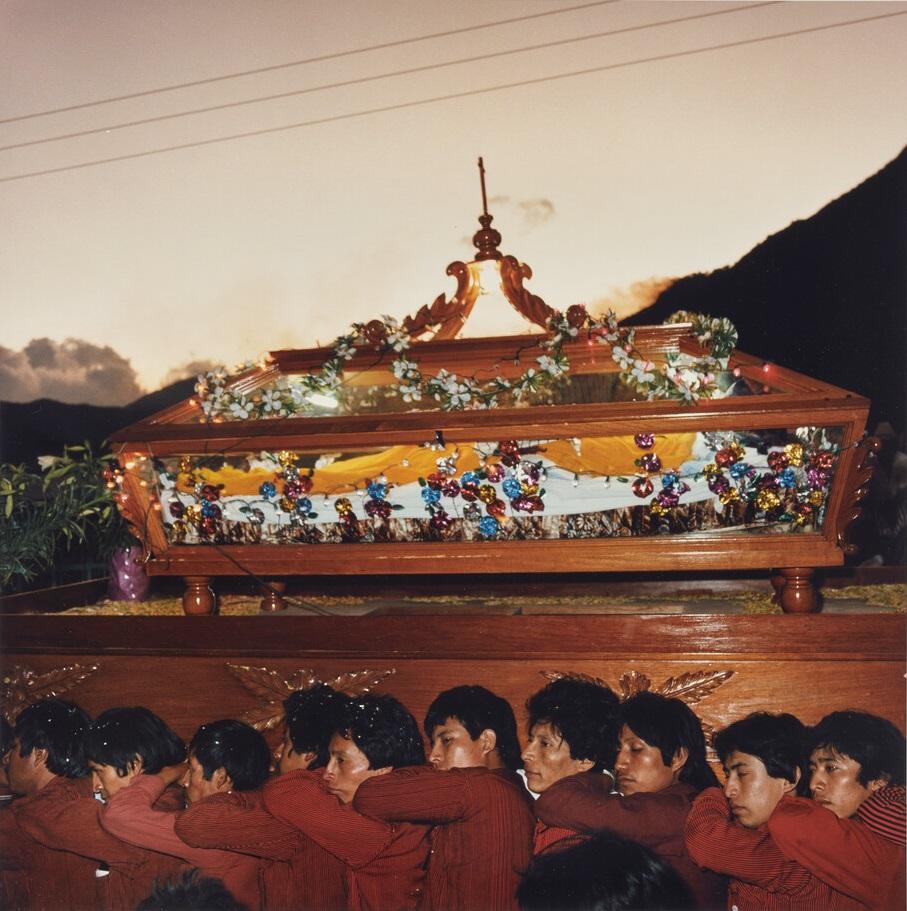
Rafael Goldchain. Easter Procession, Santiago Atitlán, Guatemala, 1986. chromogenic print, Overall: 50.8 × 61 cm. Art Gallery of Ontario. Purchase, with funds from the Photography Curatorial Committee 2024. © Rafael Goldchain. 2023/170
As told by Rafael Goldchain
As with many bodies of work, things emerge from a gradual process, which is sometimes tied to the artist's life and the places they meandered into. Sooner or later, a moment of self-awareness happens, where you can identify what you may be building. In my case, the story begins in 1973, which is the first time I visited Mexico to see my family, who had recently moved there from Chile. I was an avid photographer, and I'm fluent in Spanish, so I could navigate the country and make photographs quite easily. I travelled there frequently to see my family and discover the country as I made photographs for the rest of the 1970s. Though most of these photographs were not significant, I was building experience.
I was studying photography at Toronto Metropolitan University in the late 70s and bought a medium-format camera for the first time. I had new influences – some of whom were photographers working in colour. The prevailing ideology back then was that if you wanted to make art photography, it had to be black and white. My sensibility is colour, and the built environments in Mexico are in bright colour – this seemed to speak to me. I started working in colour in the early 80s, and by 1985, I realized some of the photographs I was making were more compelling than I had done before. I applied for a grant from the Ontario Arts Council to spend three months in Mexico, which I did, and I came back with a modest portfolio of colourful pictures. With that work, I applied for a Canada Council Grant in 1986, which then allowed me to take a leave of absence from my day job and travel through Mexico and Central America shooting photographs. In the middle of that stretch, I came back to Toronto to process my film and see if my work was amounting to anything.
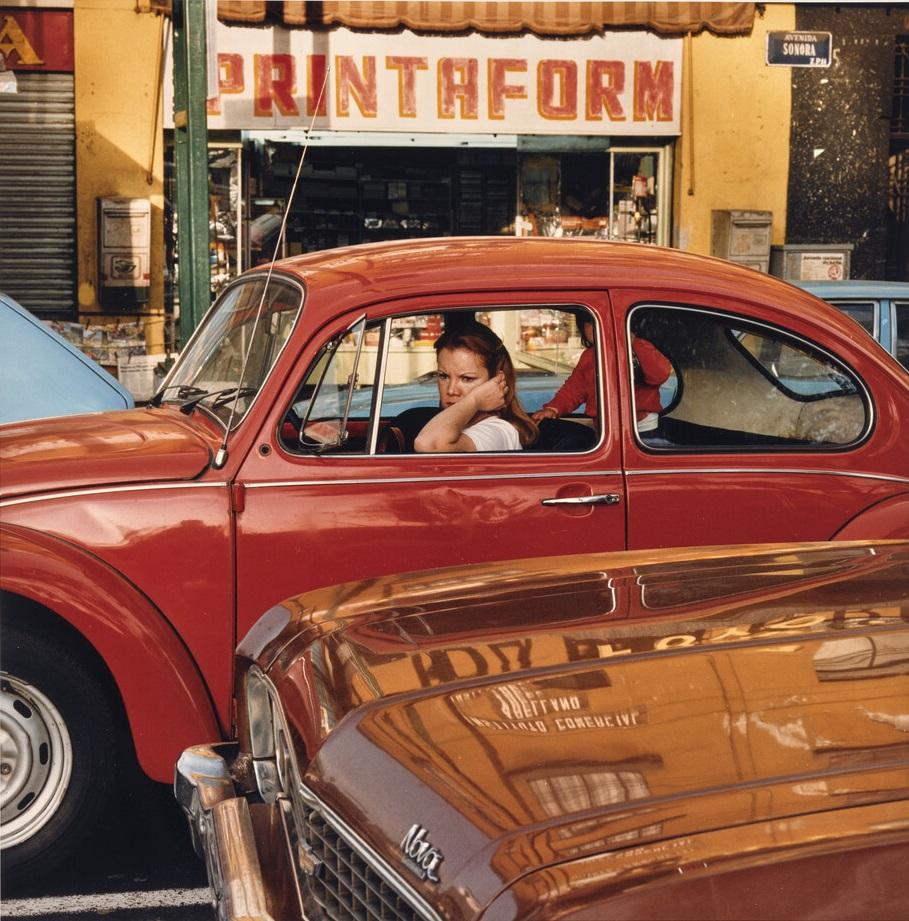
Rafael Goldchain. Traffic, México City, Mexico, 1985. chromogenic print, Overall: 50.8 × 61 cm. Art Gallery of Ontario. Gift of Rafael Goldchain in honour of Emilio and Esther Goldchain, 2024. © Rafael Goldchain. 2024/130
It was very speculative work: you travel somewhere and think you're going to find a specific thing – sometimes you do and sometimes you don't. You can think of me as an itinerant photographer in a sense. I travelled from town to town, took third-class buses and talked to people. I wanted to know what every one of these towns or cities was all about. Sometimes I was curious about their cultural attributes, like the matriarchal communities of Juchitán, Oaxaca, that I learned about through the work of Graciela Iturbide. Oftentimes, I was aware of political situations that were happening in various countries I visited: Guatemala and El Salvador were at war, and Nicaragua had just had a revolution. Having been somewhat involved in work against some of those dictatorships, I wanted to see the situations with my own eyes – though I didn't think of myself as a conflict photographer.
All of these factors – a new photographic language that I was working on in colour and framed tightly in a square format, my political and cultural interest, my desire to travel and discover myself as a photographer, and the process of organically meeting my subjects – coalesced into Nostalgia for an Unknown Land. When subjects I encountered along the way would ask, “What are you doing?” I would simply reply, “I think I’m working on a book of photographs.” In each of the photographs, I hoped I was eliciting empathy from my audience, yet I didn’t want to be a humanistic photographer in the traditional sense. I never thought that my photographs were trying to capture some kind of essential human quality. That pursuit felt insincere to me. This series is more in accord with some of my influences, whose photography was more restrained, not so sentimental or passionate, and more a way of organizing the world so the viewer can make up their own mind about what they're seeing.
I'd say the majority of the work still holds up. That body of work was finished in 1988/89, so we're talking about 40 years ago, and seeing it on view in Recuerdo allows me to look back at it all quite clearly. It was a quest for the achievement of a certain kind of photographic refinement or photographic language, almost like polishing the words in a poem until it's just right.
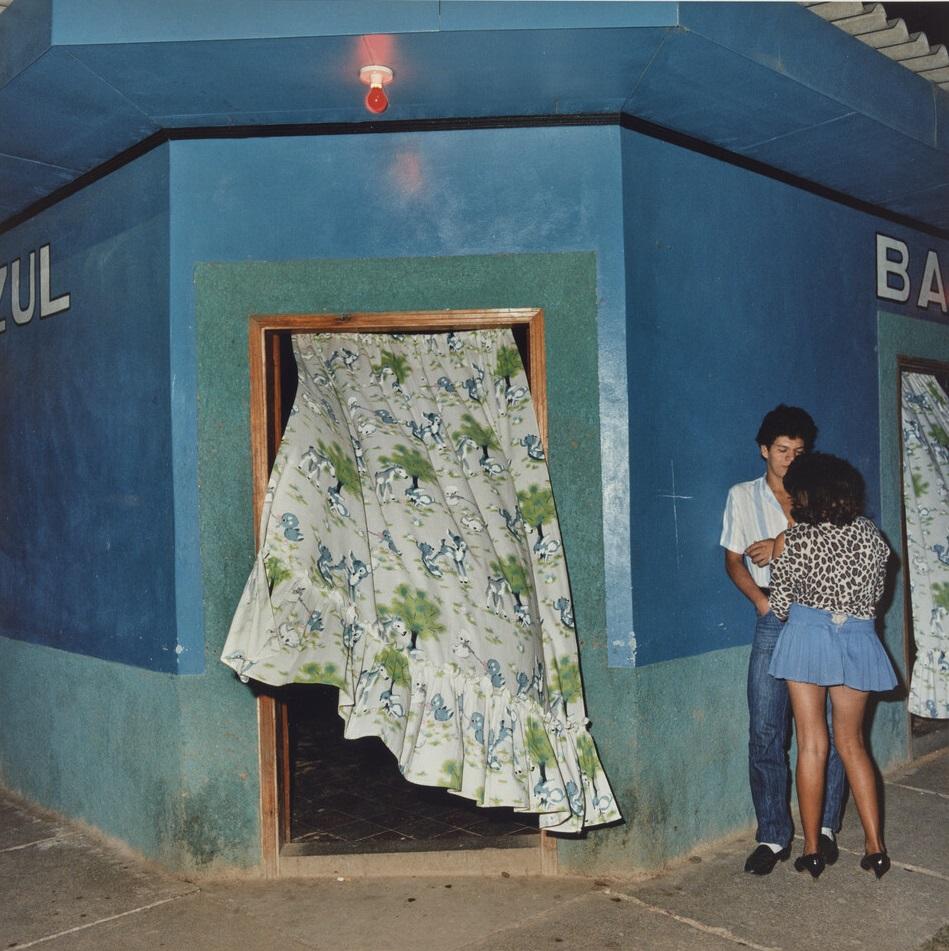
Rafael Goldchain, Nocturnal Encounter, Comayagüa, Honduras, 1987. Chromogenic print, Overall: 50.8 × 61 cm. Art Gallery of Ontario. Gift of Rafael Goldchain in honour of Emilio and Esther Goldchain, 2024. © Rafael Goldchain. 2024/125
Rafael Goldchain is an acclaimed Canadian photographer. His work is included in the collections of major museums, including the National Gallery of Canada, the Bibliothèque Nationale de France, the Museum of Modern Art, the Consejo Nacional para la Cultura y Las Artes (México), the Biblioteca Nacional de Chile and the AGO.
Recuerdo: Latin American Photography at the AGO is curated by Marina Dumont-Gauthier, Curatorial Assistant at the AGO. The exhibition is on view until October 19, 2025, on Level 1 of the AGO in the Edmond G. Odette Family Gallery (gallery 128) and Robert & Cheryl McEwen Gallery (gallery 129). A digital catalogue for the exhibition, produced by the AGO, is available here.

